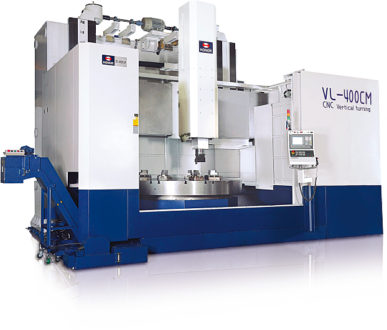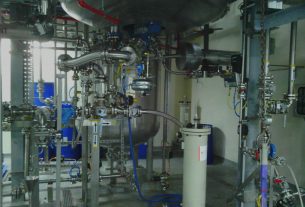Manual milling machines and lathes both have particular uses that often need clarification. When starting a project, you must have the most suitable machine for the job. Understanding the difference between a lathe and a milling machine can help you endure you have the right equipment to get the end product you desire.
Machine Features
Although these are two similar pieces of machinery, their uses and benefits are completely different depending on what you’re planning on using them for. Here is a roundup of all the features of both:
Lathe
Lathe machines use a rotating workpiece that moves the material you’re working with around a stationary cutting tool. They have a broad range of uses, including:
- Drilling
- Turning
- Shaping
- Sanding
- Cutting
- Turning
- Deformation
Manual Milling Machine
These machines work slightly differently by removing materials with a rotating cutter while the workpiece remains stationary. Manual milling machines cut the material at an angle to create the desired shape. They are beneficial for:
- Cutting irregular or curved surfaces
- Heavy-duty milling
- Cutting small objects
- Working with a variety of cutting tools
How Do They Differ?
Now you are aware of both machines’ features, it is useful to know how they work differently from one another and where each can be of use. As well as one being manually operated and the other being automated, there are a number of differences between each machine type.
Manual milling machines and lathes differ by:
- How they cut material – milling machines move around the material, and lathes require being stopped to change tools manually.
- The speed at which they operate – milling machines work to cut materials much quicker than lathes.
- The number of blades used – lathes only use single-blade tools as opposed to milling machines, which have a multi-blade tool configuration.
Benefits Of Each Machine Type
There are many benefits to each cutting machine type that can help you determine what you need for your particular job. Your specific needs may require both machines depending on the type of cutting that you’re doing. Here are some of the key benefits of each machine type:
Lathe Benefits:
- They operate with a high level of accuracy
- They can be utilised for a broad range of functions
- They work with speed and precision
- They require fewer operators meaning higher productivity
- They are efficient and cost-effective
Milling Machine Benefits:
- They are able to cut both horizontally and vertically
- They have a higher cutting speed
- They can utilise multiple blades for better cutting
- They are more affordable than alternative milling machines
- They can carry out both larger and smaller jobs
Manual vs CNC Milling Machines
If you have decided that a milling machine is the best option for your particular requirements, then you may want to consider a CNC milling machine as an alternative. CNC machinery are incredibly useful, especially in commercial production. Their speed and accuracy make them ideal for the aerospace and electronic industries. CNC (Computer Numerical Control) milling machines are operated digitally using a pre-programmed computer setting. This means they can produce identical parts repeatedly without needing manual intervention.
If you work in an industry that requires mass production of parts quickly, you will likely see the most benefit from using a CNC milling machine.
Training & Operating Experience
Both cutting tools require the user to be thoroughly trained and competent in handling the machinery. This will prevent any workplace injuries and help to protect both the user and any nearby employees. Working with machinery of this size and power can be extremely dangerous if mishandled, mainly manually operated machines. The risk of injury is particularly high with manual milling machines as it is down to the operator to know how to use one correctly. They must feel comfortable and confident handling the machinery and understand how to use it safely.





